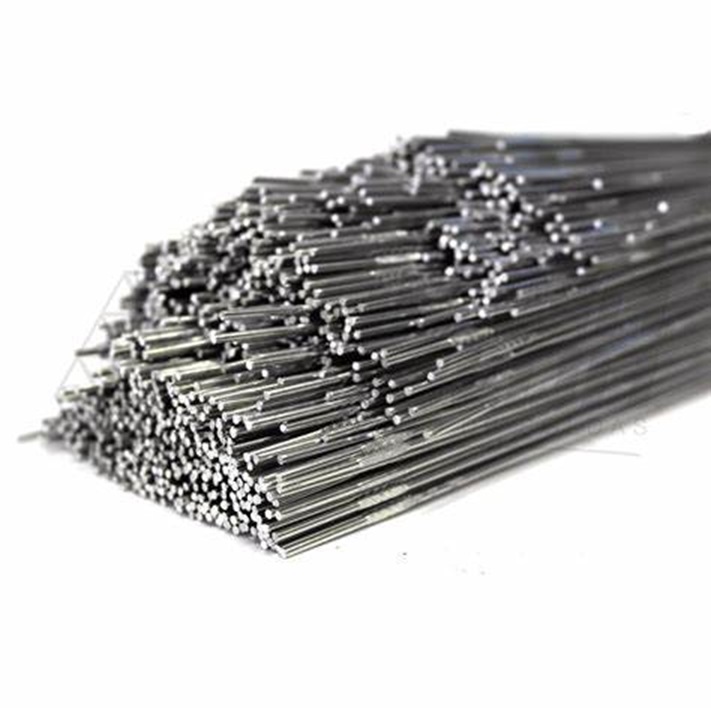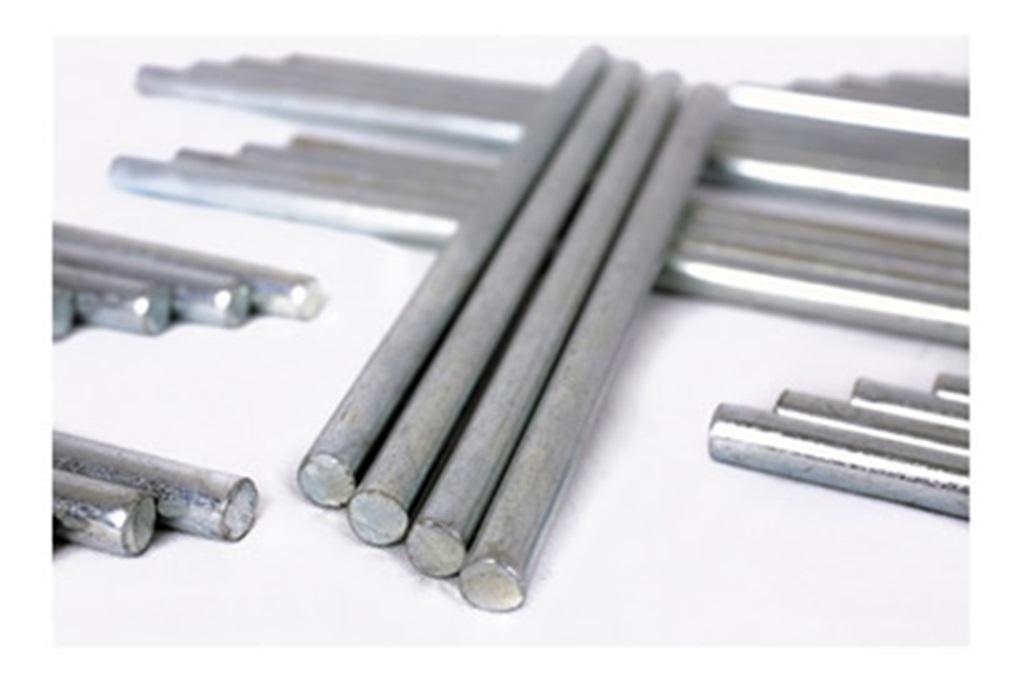We unleash your business potential by maximize the business innovation.
Send EmailCadmium Rod, Cadmium Metal Rod, 7440-43-9
Cadmium Rod refers to a rod-shaped form of cadmium (Cd), either in its pure form or as an alloy. Cadmium is a soft, malleable, and toxic transition metal. Cadmium rods are commonly used in industrial applications and research laboratories. Below are the technical, physical, and chemical properties, applications, and other details about cadmium rods:
Technical Properties:
-
Symbol: Cd
-
Atomic Number: 48
-
Atomic Weight: 112.41
-
CAS Number: 7440-43-9
-
Crystal Structure: Hexagonal (HCP) structure.
-
Purity of Pure Cadmium Rod: Typically 99.99% or higher purity.
Physical Properties:
-
Color: Silvery-white, lustrous metal.
-
Density: 8.65 g/cm³ (a high-density metal).
-
Melting Point: 321°C.
-
Boiling Point: 767°C.
-
Hardness: Approximately 2.0 on the Mohs hardness scale (a soft metal).
-
Workability: Easily shaped and malleable.
Chemical Properties:
-
Reactivity: Stable in air and water at room temperature but oxidizes at high temperatures.
-
Reaction with Acids and Bases: Dissolves in dilute acids and rapidly dissolves in nitric acid.
-
Compounds: Forms compounds such as cadmium oxide (CdO) and cadmium sulfide (CdS).
-
Toxicity: Cadmium and its compounds are toxic and harmful to the environment and human health.
Applications:
-
Battery Production:
-
Used in the production of nickel-cadmium (Ni-Cd) batteries.
-
-
Coating Industry:
-
Cadmium plating is applied to steel and other metals to protect against corrosion.
-
-
Nuclear Industry:
-
Used as a neutron absorber in nuclear reactors.
-
-
Alloys:
-
Used in low-melting-point alloys (e.g., solder alloys).
-
-
Pigments:
-
Cadmium sulfide (CdS) is used to produce yellow and red pigments.
-
-
Research and Development:
-
Pure cadmium rods are used in chemical and physical experiments in laboratories.
-
Other Names:
-
Cadmium Metal Rod
-
Cadmium Rod (English)
-
Cd Rod (Chemical Symbol)
Common Names in Everyday Language:
-
Cadmium rods are generally a technical material and do not have a specific name in everyday language. They may be referred to as "cadmium metal rods."
Why Should It Be Preferred?
-
Corrosion Resistance:
-
Cadmium coatings protect metals from corrosion.
-
-
Neutron Absorption:
-
Used as a neutron absorber in the nuclear industry.
-
-
Low Melting Point:
-
Ideal for producing low-melting-point alloys.
-
-
Electrochemical Properties:
-
Provides high performance in nickel-cadmium batteries.
-
Environmental and Health Impacts:
-
Environment: Cadmium is a toxic metal that can cause environmental pollution, leading to water and soil contamination.
-
Health: Cadmium and its compounds can cause serious health issues if inhaled or ingested (e.g., kidney damage, bone loss).
Safety Precautions:
-
Proper personal protective equipment (gloves, mask, goggles) should be used when handling cadmium rods and powders.
-
Cadmium waste must be disposed of in a way that does not harm the environment.
Conclusion:
Cadmium rods play an important role in industrial and scientific applications. However, due to their toxic nature, safety precautions must be taken during use, and environmental impacts must be minimized. Research is ongoing to replace cadmium with alternative materials.

